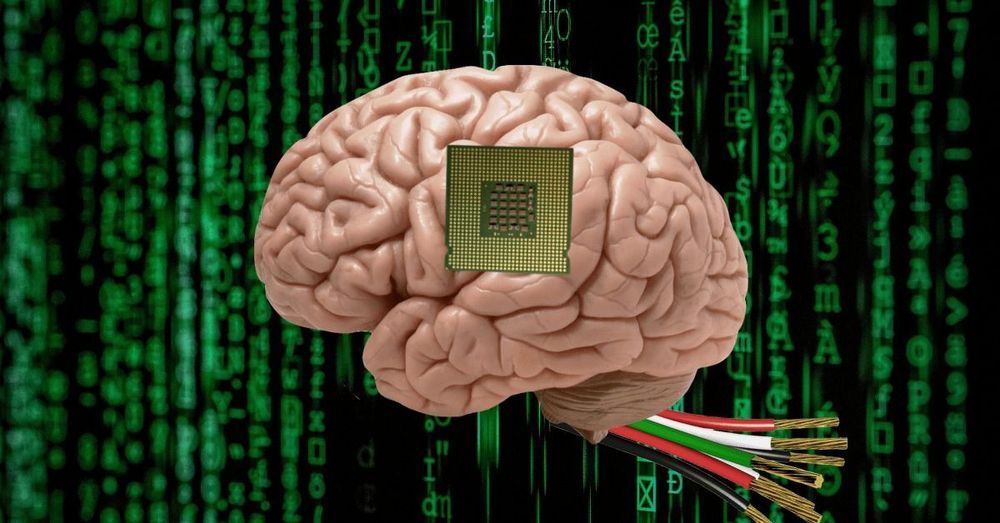Last month, Elon Musk’s Neuralink, a neurotechnology company, revealed its plans to develop brain-reading technology over the next few years. One of the goals for Musk’s firm is to eventually implant microchip-devices into the brains of paralyzed people, allowing them to control smartphones and computers.
Although this Black Mirror-esque technology could hold potentially life-changing powers for those living with disabilities, according to Cognitive Psychologist Susan Schneider, it’s not such a great idea, and I can’t help but feel relieved, I’m with Schneider on this.







